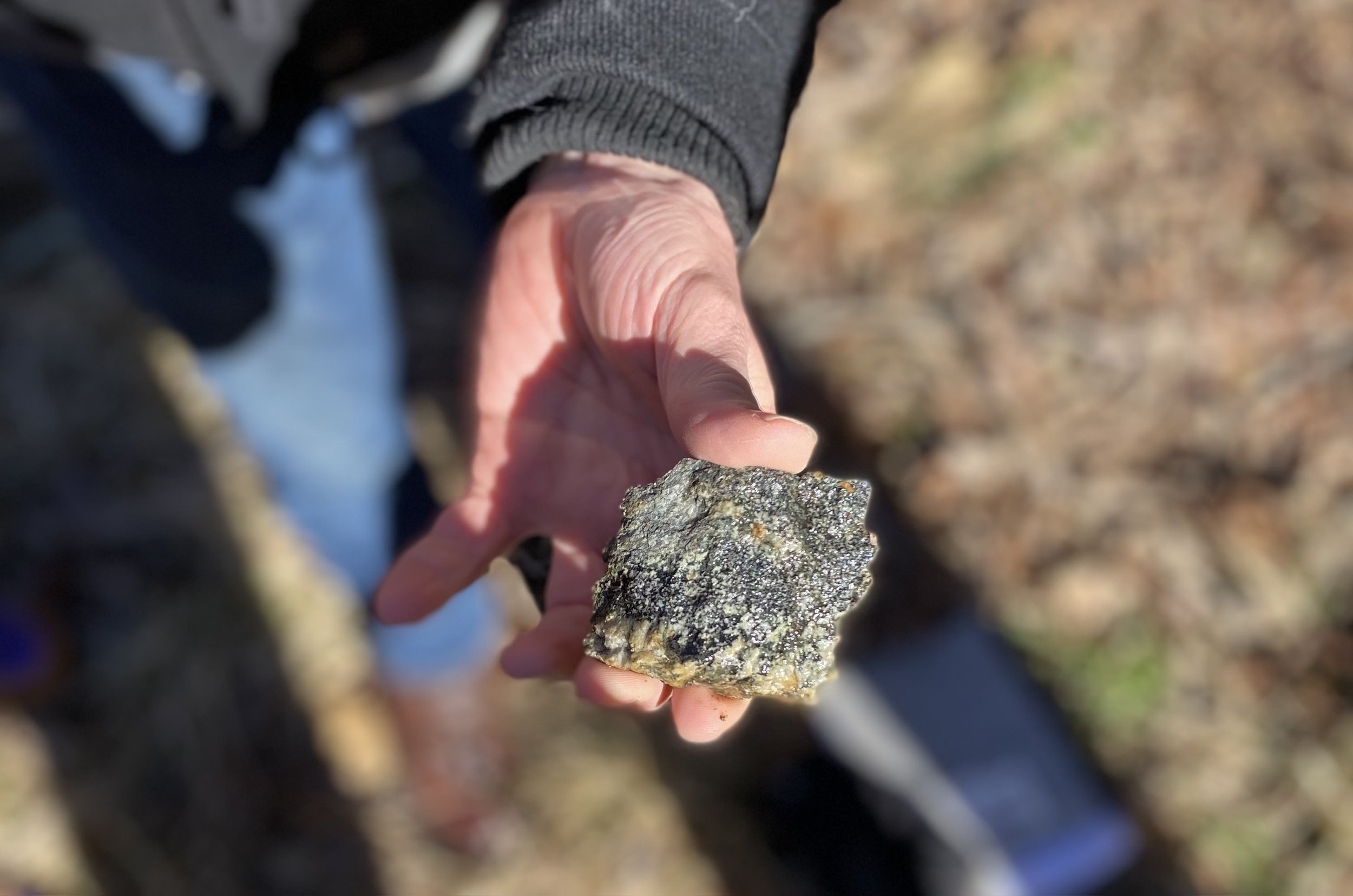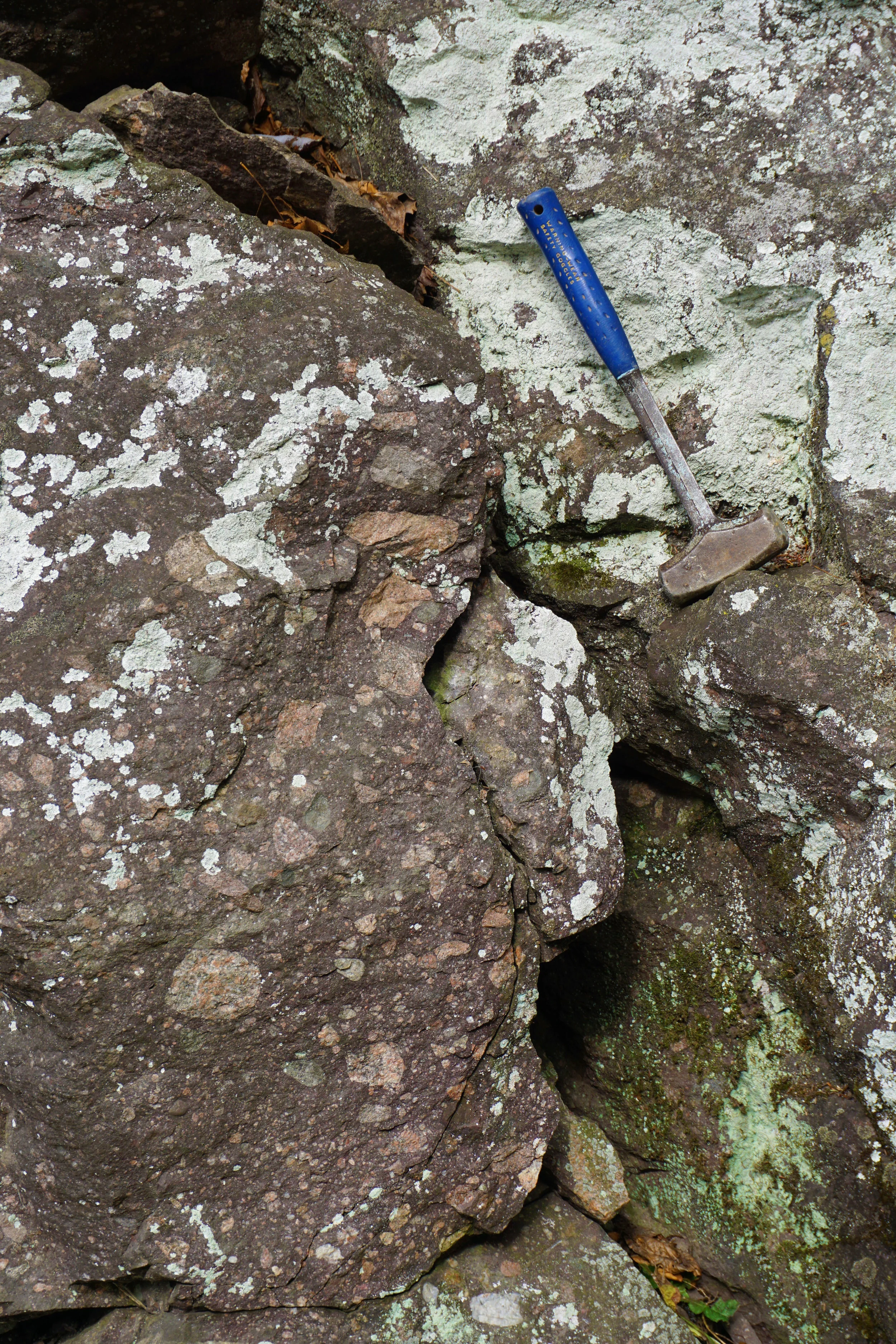

Winter Rally Re-Cap
We were so delighted to host the first ever Mount Rogers Winter Naturalist Rally this past weekend!

The Blue Ridge: A Geological Autobiography
If the Blue Ridge could write its own long and complex history, surely it would chisel the words in stone. Fortunately, it did just that. And fortunately, we have a translator in our midst. During our January 2019 Geology Expedition, USGS Geologist Arthur Merschat unraveled the story of the geologic events that left Virginia’s oldest basement rocks exposed for us to access and admire.

A Week of Discovery
Thirteen kids joined BRDC at Matthews State Forest Pavilion for Discovery Day Camp.

Young Explorers turn their attention to the rocks and may never look back!
Geology is literally at the foundation of everything having to do with Natural History, the root of it all, but even beyond that, there is the spectacular emotion that comes over a person when they spot a shiny speck in the dirt that might be a crystal. These two powerful draws pulled the Young Explorers out into the field on Saturday November 21, 2015 for a day of rockhounding, history lessons and exploration.

Blue Ridge Expeditions: The Channels, Clinch Mountain
One of southwest Virginia’s most spectacular and unusual natural preserves will be explored on this Blue Ridge Expeditions (BRE) hike. The part of Clinch Mountain known as The Channels is an area of huge sandstone rock outcroppings where ancient forces have created a maze of giant fissures, some of which now serve as passageways somewhat similar to slot canyons of the western states.